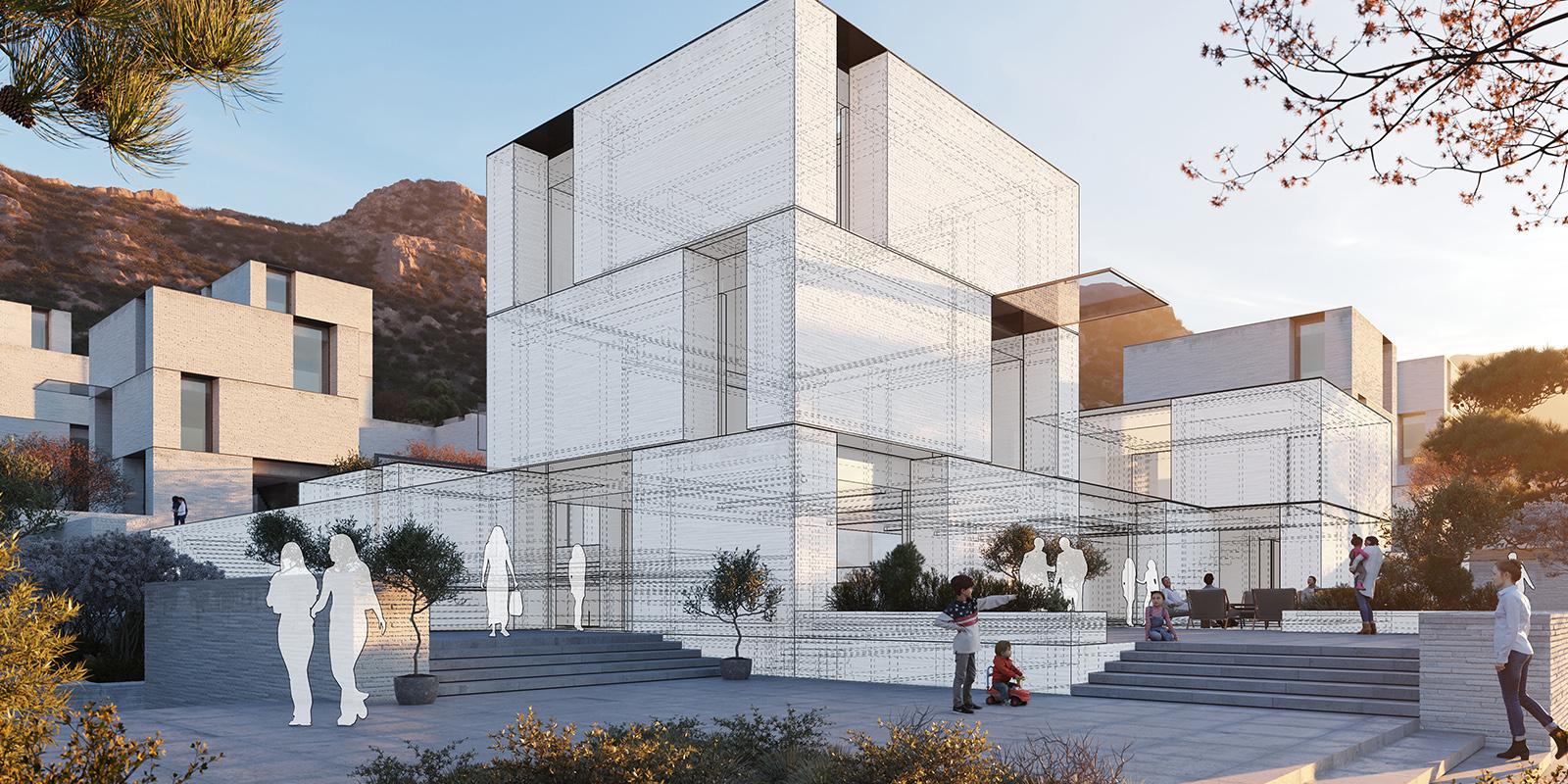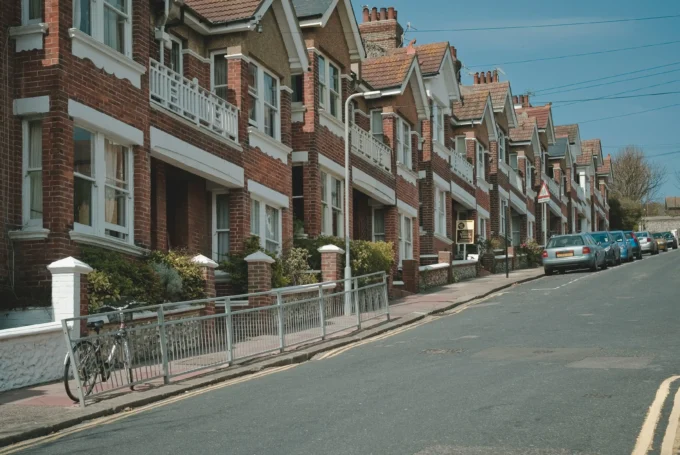- Home
- Articles
- Architectural Portfolio
- Architectral Presentation
- Inspirational Stories
- Architecture News
- Visualization
- BIM Industry
- Facade Design
- Parametric Design
- Career
- Landscape Architecture
- Construction
- Artificial Intelligence
- Sketching
- Design Softwares
- Diagrams
- Writing
- Architectural Tips
- Sustainability
- Courses
- Concept
- Technology
- History & Heritage
- Future of Architecture
- Guides & How-To
- Art & Culture
- Projects
- Interior Design
- Competitions
- Jobs
- Store
- Tools
- More
- Home
- Articles
- Architectural Portfolio
- Architectral Presentation
- Inspirational Stories
- Architecture News
- Visualization
- BIM Industry
- Facade Design
- Parametric Design
- Career
- Landscape Architecture
- Construction
- Artificial Intelligence
- Sketching
- Design Softwares
- Diagrams
- Writing
- Architectural Tips
- Sustainability
- Courses
- Concept
- Technology
- History & Heritage
- Future of Architecture
- Guides & How-To
- Art & Culture
- Projects
- Interior Design
- Competitions
- Jobs
- Store
- Tools
- More

SketchUp is one of the most preferred 3D modeling software by architects for today. Due to many advantages for modelling architectural projects. One of the biggest advantages is being able to complete quite detailed models in a short time. If you want to improve yourself in 3D modeling and create quality models for your renders, SketchUp is a software that allows you to improve your level.
It is a very practical modeling software from basic to advanced level. When you first download SketchUp, you can do basic modeling with the original tools that you can use by default. SketchUp, which has a sufficient number of basic tools for architectural 3D modeling, also has extensions that can be added later. You can download plugins that will increase your level in 3D modeling online via Extension Ware House. There are extensions that will save your time and allow you to create better models.
In this article, we will talk about the best extensions you can download to SketchUp when doing architectural 3D modeling. The extensions we will recommend to you include extensions developed for the first problems you will encounter while modeling your project, such as terrain modeling. Then, one of the most useful extensions in SketchUp is the plugins with which you can get curve shapes. Download the 5 lifesaving extensions we recommend and start modeling in SketchUp with an easier way.
Table of Contents
ToggleSandBox
Cadman has created the Sandbox Bonus Tools to extend the capability of the Sandbox tools. It streamlines the process of working with terrain from concept to completion. SketchUp 2014, SketchUp 2015, SketchUp 2016, SketchUp 2017, SketchUp 2018 and SketchUp 2019 are compatible with the most recent extension.
A normal surface grid is projected onto a selection using the Project Mesh tool. The new surface grid is a quad face mesh that works nicely with quad face tools. Select the surface or items on which the grid mesh will be placed. It specifies the size of each square in the mesh grid. Insert a negative number to divide the grid’s extents by that number. It specifies the direction in which the mesh must be projected. Then it gives you a shard factor number. With the Sandbox Bonus extension, you can model on curved surfaces in the easiest way in a professional way.

TopoShaper
Toposhaper is a different extension for you to create terrains in SketchUp easily. Toposhaper does terrain creation in two ways: via iso-contours and pointscloud. First, creating the terrain over iso-contours consists of these steps:
Contour selection is normally done before launching TopoShaper by pre-selecting a group containing the contours. When contours are imported as DXF/DWG files, Cleansing Contours can be handy.
Terrain calculation and preview a rectangular grid is used to calculate the terrain. The grid resolution can be changed, and the hilltops and basins can be configured.
The Terrain Surface is created as a quad-mesh surface enclosed in a group. The Skirt and the contour map, with or without altitude markings, are optional.
Also, another way to create terrain is from PointsCloud. In this way, a collection of Guide Points is taken by PointsCloud. Clipping Contours are formed when it encloses faces. Otherwise, the convex hull of the points is used as the default Clipping contours.
The terrain is created using an adaptive triangular mesh, with more dense triangles where the height changes. The technique is iterative, with the triangulation being refined until the terrain is sufficiently ‘smooth’. Then, your mesh has points on it.

Sketchy FFD
Sketchy FFD is a classic free-form deformation SketchUp plugin designed by Chris Phillips. Control points can be used to alter a mesh with this useful plugin. You can make advantage of the following features of the Sketchy FFD extension:
Add a grid of control points to another mesh and use it to deform it.
Make a NxN patch that includes control points.
Edges can be locked to prevent them from deforming.
Subdivide and dice a model automatically for smoother deformation.

CurviLoft
Curviloft is a script for Loft and Skinning, which is the process of creating surfaces from contours.It includes the tool of loft by Spline uses smooth splines to connect open or closed curves.
Along a particular rail curve, loft along path meets contours. Easy to get skinning produces surfaces with four or three contiguous contours.

- 3D design extensions
- 3D modeling plugins
- advanced SketchUp functions
- Architectural Rendering
- Architectural Visualization
- Architecture Extensions SketchUp
- architecture modeling plugins
- Best Extensions for SketchUp
- best SketchUp extensions
- CAD plugins for SketchUp
- custom SketchUp extensions
- design tools for SketchUp
- enhance SketchUp capabilities
- improve SketchUp workflow
- Life Saver Extensions
- maximize SketchUp efficiency
- SandBox Extension SketchUp
- SketchUp design extensions
- SketchUp drawing aids
- SketchUp extension library
- SketchUp Extensions
- SketchUp for Architects
- SketchUp layout extensions
- SketchUp performance tools
- SketchUp plugin store
- SketchUp productivity tools
- SketchUp project tools
- SketchUp rendering tools
- SketchUp tools
- SketchUp utilities
- SketchUp visualization plugins
- TopoShaper Extensions
Submit your architectural projects
Follow these steps for submission your project. Submission FormLatest Posts
10 Best Architecture Tools of 2026: Programs, AI, and iPad Apps
A comprehensive guide to the most influential architecture tools and AI platforms...
Best Architectural Software for Students in 2025
In 2025, digital tools aren’t just convenient — they’re essential to learning,...
Beginner’s Guide to Arcadium 3D: Your First Room Design in 5 Easy Steps
Designing a room used to mean wrestling with tape measures, mood boards,...
Architectural Design Software Tools for Student Design
Many architecture students want fast ways to explore ideas. Some of them...












Leave a comment